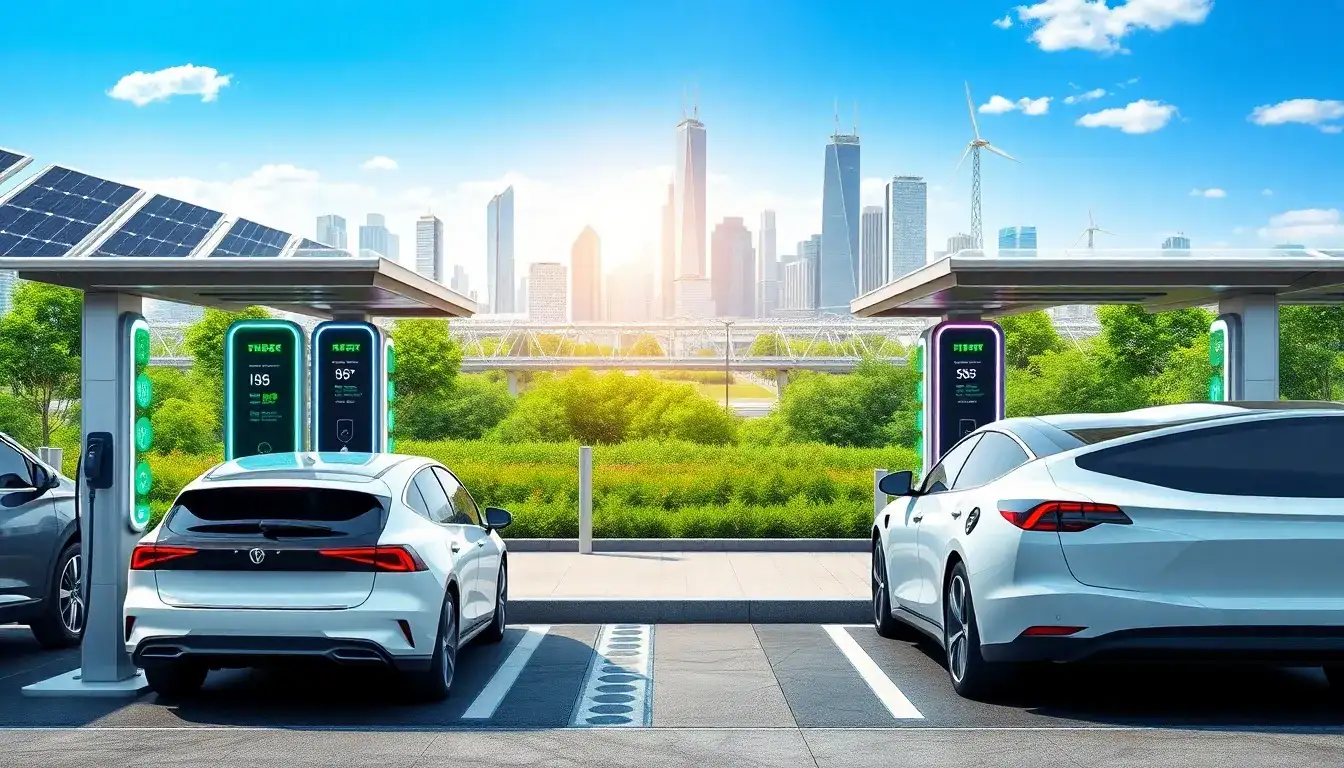
China’s electric vehicle (EV) market is rapidly expanding, with significant investments being made in charging infrastructure. As of 2025, it is projected that over 27,000 charging stations will be established across 14 provincial administrative regions, including major cities like Beijing, Shanghai, and Guangzhou. This expansion is part of a broader initiative to enhance the country’s EV capabilities, aiming for over 2,300 charging stations by the end of 2025.
In recent announcements, industry leaders outlined plans to create the largest charging network in the country, focusing on developing advanced charging technologies that can support the growing demand for electric vehicles. By April 7, 2025, it is expected that the charging infrastructure will be capable of delivering power levels of up to 1 MW (1,000 kW), with charging speeds reaching 120 km/h, which would allow for a 5-minute charge to provide a range of 400 km.
Additionally, the collaboration between various stakeholders aims to ensure that electric vehicles can effectively meet consumer needs while also addressing the challenges of charging station accessibility and reliability. The goal is to create a seamless charging experience for users, integrating smart technology to enhance service efficiency.
Furthermore, the partnership between companies like Changli and the relevant authorities aims to establish a robust framework for the development of charging networks, including standardization of charging equipment and management systems. This will help streamline the process and encourage more consumers to adopt electric vehicles.
In terms of investment, the estimated capital for building charging stations is around 300 million yuan, while the second-generation charging stations are projected to cost about 200 million yuan. The expected cost for each charging station ranges between 50 million and 120 million yuan, depending on various factors such as location and capacity.
With the increasing demand for charging stations, it is evident that significant financial resources will be required. This includes ongoing maintenance and operational costs, which will also impact the overall feasibility of charging infrastructure development. As the market evolves, operators will need to adapt to the changing landscape, ensuring that they can provide adequate services to meet consumer expectations.
As a result, the electric vehicle sector is not just about manufacturing cars but also about creating a sustainable ecosystem that supports the growth of charging infrastructure. This will be crucial for the future success of the electric vehicle market in China and could serve as a model for other countries looking to enhance their EV capabilities.
Overall, the advancements in charging technology and infrastructure are expected to significantly boost the adoption of electric vehicles, making them a more viable option for consumers across China.







